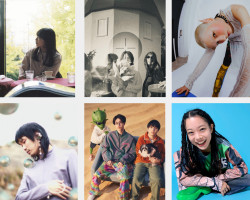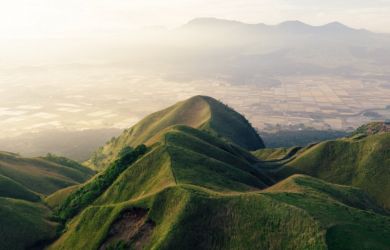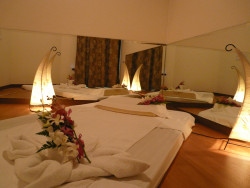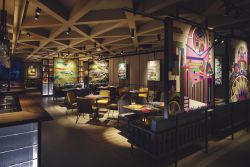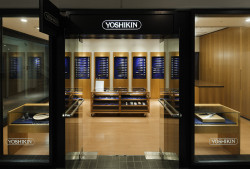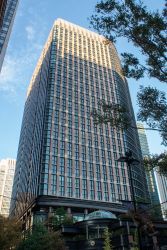
September 9, 2010
Shonai Eigamura
Get a glimpse behind the scene of Japan’s samurai movies
By Metropolis
Originally published on metropolis.co.jp on September 2010

Photos by Alena Eckelmann
If you’ve ever dreamed of slipping back in time and joining the fearless samurai cohorts of medieval Japan, dream on. But you can get the next best thing in the countryside of Yamagata Prefecture.

Imagine Japanese props in a Wild West ghost town, and you’ve got a fair idea of what Shonai Eigamura is like. Nestled in a valley with the majestic peak of Mount Gassan looming in the background and the Yamagata plains stretching out in front, this literal movie village has provided the setting for a number of recent samurai dramas and period films. The site occupies an area the size of 20 Tokyo Domes, and incorporates three Edo-style zones: a mountain village, a fishing village and a postal town along an imaginary highway of old.
Anyone who’s spent a lot of time inside movie theaters over the past few years might find that it all looks vaguely familiar. Both of the recent Zatoichi remakes—the gender-bending Ichi (2008) and this year’s Zatoichi: The Last, featuring Shingo Katori of Smap—were filmed here, as were Takashi Miike’s Sukiyaki Western Django (2007) and the forthcoming 13 Assassins. And that’s to say nothing of Shonai’s most famous alumnus, 2009 Oscar-winner Okuribito (“Departures”).
What started life as a workaday movie set opened its gates to the general public in September last year, and now leads a double life as an unconventional tourist attraction. Houses spiked with arrows and a giant barricade blocking the dusty street remind you of the last heated battle in town. Samurai-cum-guides dressed in period costumes “ambush” unsuspecting visitors and enlighten them with snippets of information. Most of the buildings, on closer inspection, turn out to be facades—the interior scenes for movies are usually shot in a studio instead.
TV screens in some of the makeshift buildings show trailers for the latest films, while scripts and photos of shoots are displayed at the Shonai Eigamura Movie Museum in Matsugaoka, a short bus ride from the open-air set. More interesting than the content of the museum, however, is the history of the place itself.

At the dawn of the Meiji Era, some 3,000 samurai—real samurai, that is—from the Shonai domain swapped their swords for hoes and cleared 225 hectares of wasteland. They then used this ground to cultivate mulberry trees, whose leaves fed the silkworms at a newly established nursery, which would become the center of a flourishing local silk industry.
At the end of the day, you can enjoy a drink and a light meal in the atmospheric Matsu Cafe, housed in one of the five wooden buildings of the former nursery. If you’re lucky, the cafe’s owner, Tadayori Sakai, will be on hand. This entrepreneur with his broad smile is actually the 19th Lord of Sakai, descended from the powerful daimyo family who once ruled over the entire area.
Trip Tips

Tsuruoka can be reached by taking the Joetsu shinkansen to Niigata and then changing to the limited express (approx 4 hours), or flying ANA to Shonai airport (approx 1 hour). The Shonai Retro Bus takes you from Tsuruoka station to the Shonai Eigamura Movie Set and Movie Museum (www.s-eigamura.jp; 0235-22-0444). Shonai Eigamura is open from April to November (9am-5pm, last entry 3pm). The entrance fee for adults is ¥1,600 but there are a number of discount options, such as the “couple discount” (¥3,000 for two). Matsu Cafe (www.matsu.cc; 0235-62-4295) is open 10am-5pm, Tue-Sun. For more information contact the Shonai Visitors Association by phone: 0235-68-2511.
